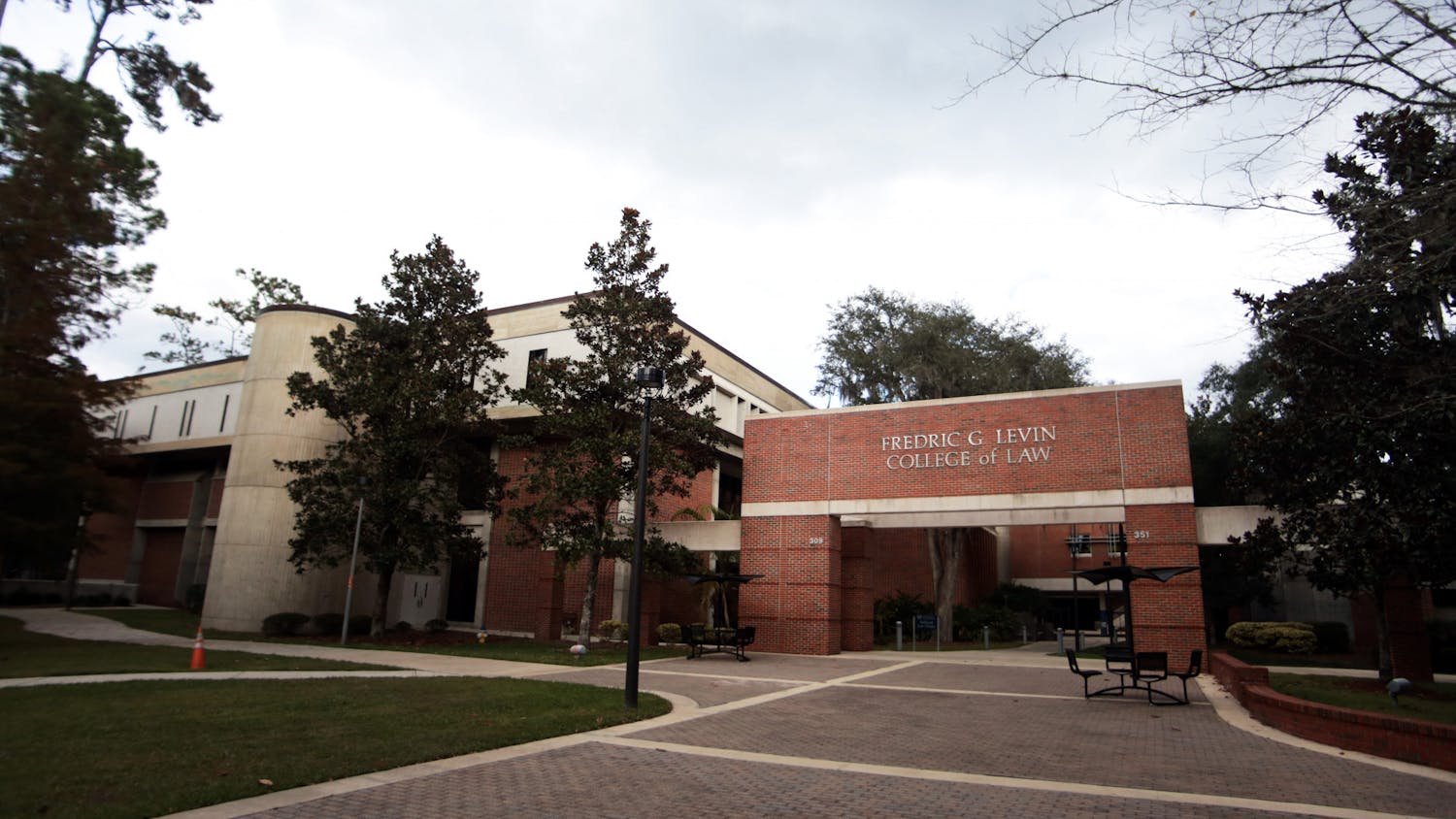UF researchers have made progress toward a more effective therapy for dystonia, a debilitating and poorly understood neurological disorder.
Patients who suffer from dystonia experience sustained involuntary movements caused by abnormal signaling patterns between neurons, said David Vaillancourt, a UF professor of applied physiology and kinesiology and member of the McKnight Brain Institute, located at 1149 Newell Drive. Essentially, the brain sends the wrong signals to the muscles, causing muscle spasms and contractions akin to cramps, but without pain.
Vaillancourt led a research effort into the disease’s physiological roots. His team’s study explored the effects of a specific protein in the brain, torsin A, which behaves abnormally in patients with the DYT1 variety of dystonia.
When they eliminated the protein in mice with similar symptoms, researchers observed widespread increases in connection strength across the brain.
But that increase isn’t necessarily for the better, Vaillancourt said.
“I would suspect that it’s not a good thing to have neurons across multiple brain regions highly synchronized,” Vaillancourt said.
The synchronization correlated with increased muscle twisting, like forcing a hand to clench and curl. This only happened in mice who had the torsin A protein removed, pointing to the possibility of the protein functioning as a natural defense against dystonia symptoms, Vaillancourt said.
Moving forward, Vaillancourt hopes this research will pave new avenues for the study of dystonia and for therapeutic interventions.





